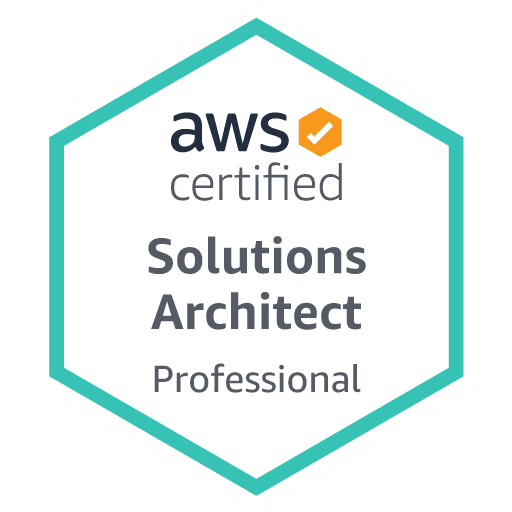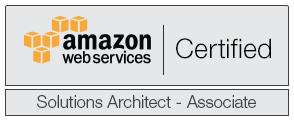A few moments years later...
It's been:
2164 days. Or 5 years, 11 months, 3 days, since my last post.
In that time, I've evolved into a Senior Engineering Manager, not always sure what that means exactly, but that's what my LinkedIn profile claims.
What has happened in those almost 6 years has still been a journey of constant learning of all things that it takes to be a technical leader. How to lead, how to coach and grow engineers, how to play the system, how to balance people and the organisation, how to context switch 300 times a day, how to survive 14 meetings a day, how to try deliver things through a team, how to step back, how to try stay current, how to work with people much smarter than you, how to ...
The Question That Won't Go Away
I recently re-read an excellent post:
That post, plus my growing interest and use of AI in the last couple months, has resulted in questions constantly in the back of my mind is:
What does the future look like for engineering leaders, engineers and, more specifically, me?
Since it's impossible to tell the future, that means you'll probably never get to answer that question, until the future hits you in the face, leaving you confused and asking how the hell did I get here?
The Shifting Tech Landscape
We’re living through a shift in tech that feels both inevitable and unpredictable. Hiring is slowing. We expect teams to do more with less. Leadership circles are tossing around ideas like AI replacing junior engineers in just a few years. High performance is no longer enough, it’s the baseline. And across the industry, waves of layoffs and re-orgs keep resetting people's careers and future overnight.
Thinking Like a Poker Player
Being a past poker player and always looking at options and probabilities, what is a likely outcome? And is there a path that does no damage to you even if that outcome doesn't eventuate?
So, what am I going to bet on?
- I bet companies will continue to push to make more and faster with less. They'll need to, to stay competitive.
- I bet AI and its applications will continue to improve rapidly.
If those are my bets, what's my risk mitigation path?
The AI Opportunity
I think it's clear. Embrace it. Learn how to best use AI to improve and give myself an advantage.
As companies expect more, they'll demand more from technical leaders to be able learn, build, and lead with AI, driving delivery across both human engineers and AI systems.
And if those bets are wrong, and the AI hype fizzles out? Would I have lost anything? Nope. I would have learned X number of ways that AI didn't help and in its failures I would have refreshed my debugging skills.
For the Technical Leadership Track, I couldn't phrase it better:
If you love technology and want to remain a subject-matter expert in designing, building and shipping cutting-edge technical products and systems, you cannot afford to let yourself drift too far or too long away from hands-on engineering work. You need to consciously cultivate your path , probably by practicing some form of the engineer/manager pendulum.
If you love managing engineers — if being a technical leader is a part of your identity that you take great pride in, then you must keep up your technical skills and periodically invest in your practice and renew your education.
As someone has never felt the desire to constantly move up the organisational ladder, that does leave realistically leave me with only one option, make sure I re-invest in my technical skills and renew my education.
So this is where I see AI and the use there of as an excellent opportunity. It's all relatively new, so embracing it now, re-learning how to be more technical now by figuring out how to use AI in my daily work to improve both leadership productivity and technical skills.
Learning Out Loud
That’s what I will look to explore, on here or Medium or Substack (all new platforms since I posted last, that I should probably figure out)
Can I use AI to build something, contribute to my team/org or to partner with in reviving my technical skills?
Can I use AI to improve learning and consumption of information to increase productivity or myself and team?
Can I use AI to improve my technical leadership and productivity to enable more?
...
So I'll be learning out loud. Updating this blog. Testing ideas. Sharing experiments. Admitting failures. Tracking how I use AI to stay close to the craft while navigating the chaos of leadership.
If you're on a similar path, or wondering if you should be, I hope these explorations will be helpful. And I hope it won't be another 2164 days before my next post.





